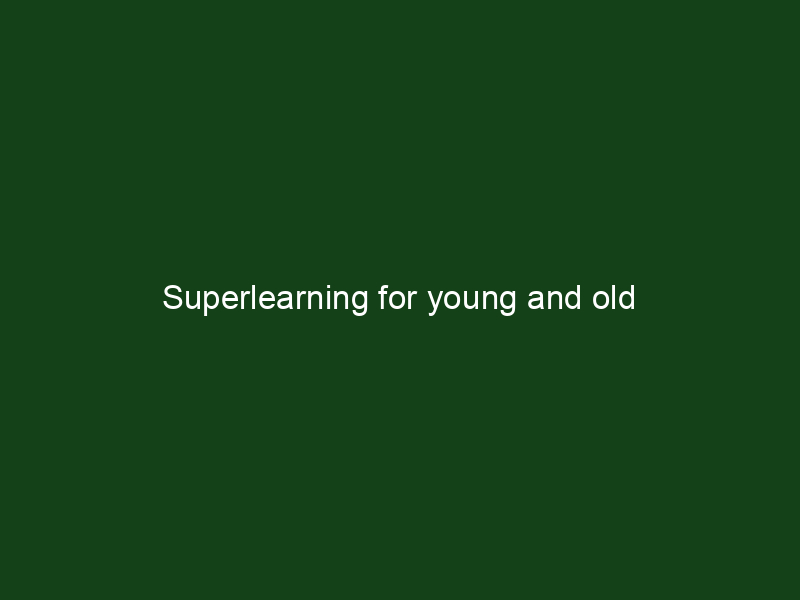We have students of all ages. Our intelligence changes with age, and what works for one age will not necessarily work for another. Typically our course works well for ages between 13 and 65, however it can be easily adapted for wider age ranges.
Before age of 13 kids simply do not read fast enough and well enough. Good reading skills in target language are prerequisite for speedreading, as (1) high level of comprehension is required, (2) proper reference mark should be set and (3) there should be a secure foldback in case of issues which may occasionally rise during training. Therefore before starting speedreading, simply make sure that basic reading is proficient (skip this step in case of dyslexia or learning disorders). Kids are great in visualization and very creative, but often they focus on the markers they love instead of generating one visualization after another at great speed.
Above age of 65 things often gets slower. Deep understanding and accurate visualization becomes more important than speedreading. Memorization becomes very valuable. Instead of focusing on speed of producing markers, it makes sense to focus on strength and retrieval quality of each marker. Proactive (rather than reactive) approach to creating markers ensures longevity of memory skills.
Interestingly enough, there are many common aspects in training kids and elderly people. One of this aspect is generation of interest and multiple perspectives. It is hard to be focused on something that is pretty much boring. Asking provocative questions, trying to prove something, generating controversy are good ways to ensure that the subject generates enough interest to be read and understood. Both kids and elderly people have some spare time, and therefore can consume longer books and generally read much more. Both kids and elderly people are often socially active, and benefit more from learning together and exchanging ideas. Both young and old typically have more affinity to to do sports, music and nature – which are great to reduce the strain on your eyes.
If you are younger than 13 or older than 65, you could still enjoy the course by following very simple guidelines:
1. Focus on quality rather than quantity. You do not have to read very fast or generate a lot of markers, but make sure that you generate good markers and comprehend everything you read.
2. Be creative. Harness the power of perspectives. Ask more questions, address the subject from more angles, generate true interest in what you read and produce true insights.
3. Rest more. Typically we recommend 5 min of rest after 15 min or reading. After an hour of reading on and off, enjoy some outdoor activity for 20 min before getting more reading or close your eyes and listen to music. Do not over-strain your eyes.
4. Be more socially active. Ask questions (this is a repeating motive), discuss what you learnt, recommend best books to your friends, compare notices.
Anna has a lot of experience with many different people. If you think that for some reason you need more guidance – please contact us [email protected].

Get 4 Free Sample Chapters of the Key To Study Book
Get access to advanced training, and a selection of free apps to train your reading speed and visual memory

